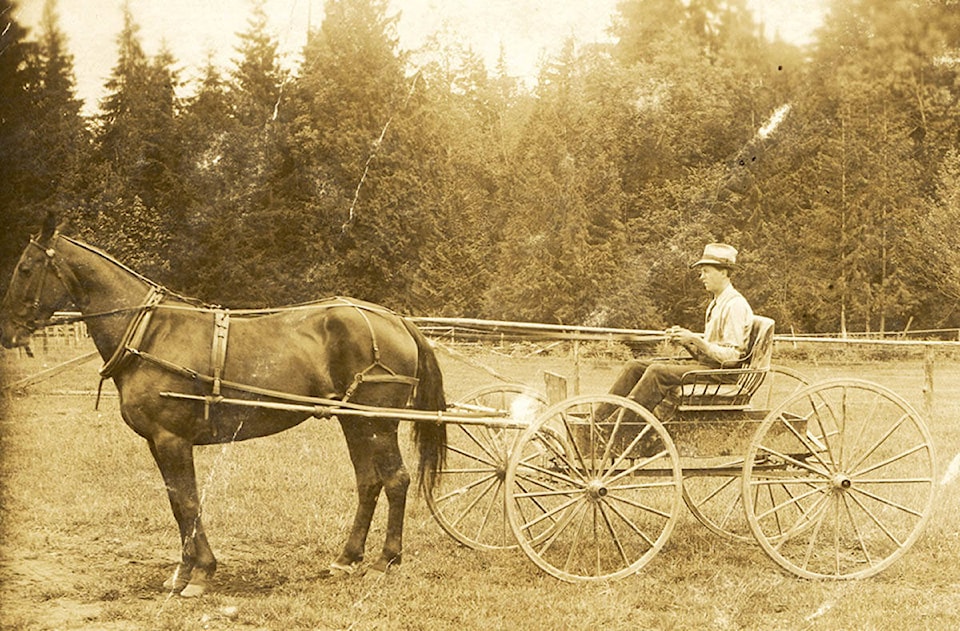The First World War is over, soldiers are returning home, Christmas is coming, and another killer is afoot in this country – the Spanish Flu has arrived.
The flu had been in known existence since the spring of 1918, but with tight lips on the front in the final months of the Great War, little was mentioned in the news about its spread and death toll in Europe and on this continent.
In the Greater Vancouver area, it went unreported and virtually unnoticed until the fall of 1918, when it became more virulent and deaths mounted – an epidemic.
On Oct. 11, the Vancouver daily paper ran the headline: “Sixty-six cases of Spanish flu reported in city.” But the article was in small print on page 3.
It noted that many of the deaths had resulted from pneumonia and the “malady” was “sweeping the continent”. Within four days, the number of cases in the city had climbed to 240 and by the 19th there were 900 reported cases, with 32 deaths.
In Pitt Meadows, it is not recorded how many non-indigenous people came down with the flu, but we do know there was one off-reserve death due to it – James McMyn, aged 24, on Nov. 14.
With the death toll mounting in Vancouver, public officials banned assemblies and shut schools, churches, theatres, polls, pool halls and gyms. Surgical masks for residents were recommended as a precaution, but this did not work for the mayor of the city, Robert Gale, who caught the flu, but survived.
While the flu had been in full swing in Europe since the spring of the year, it did not take hold in Canada until the autumn and, at first, was confined to the eastern part of the country, particularly Quebec.
It likely travelled west by rail with the returning soldiers carrying it as they travelled home. Reports of the time tell us it spread rapidly and, for some, was nothing more than a mild case. But for others, it took hold quickly and savagely with some victims perfectly healthy one afternoon, then dead the following afternoon.
This round of the epidemic abated before Christmas, but returned early the following year and would plague the Lower Mainland until the spring.
Worldwide, the epidemic took more than 21 million lives and there are estimates of up to 40 million. Canada’s population at the time was eight million and it is estimated two million contracted the flu with about 50,000 deaths – about six percent of the population.
By contrast, Canadian deaths in the First World War amounted to about 61,000 — approximately 7.5 percent of the population.
Of all the fly deaths, about 4,000 were in British Columbia, including small, isolated communities and logging and mining camps. Of those, 900 were recorded in Vancouver. Hit particularly hard were first nation communities, including here in Pitt Meadows, where there were 40 deaths in an indigenous population of 240, more than 17 percent.
It would seem the rest of Pitt Meadows got off easy with just one.
Leslie Norman is curator at Pitt
Meadows Museum.
